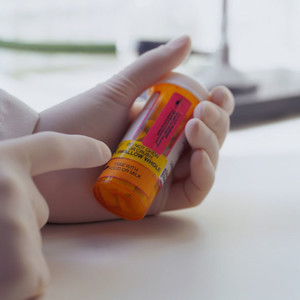Specialty pharmaceuticals, which include difficult-to-manufacture small-molecule chemical drugs and biologicals, account for approximately 25% of total prescription costs, with expenditures on specialty prescriptions expected to quadruple by 2020 [1]. In fact, the absence of competition upon patent expiration has enabled the cost of biological drugs to increase seemingly without a ceiling.
The cost of specialty pharmaceuticals
Home/Reports
|
Posted 08/05/2015
 0
Post your comment
0
Post your comment

Historically, the larger the population for which a medication was prescribed, the more valuable the drug, but today, most of the drugs fitting the description of blockbuster are used for far less common treatment indications and for far fewer patients. In 2010, at least six of the top 10 blockbuster drugs in the US were used for more than 1.65 million patients, examples include clopidogrel (5.1 million) used to stop blood clots and cholesterol-lowering medication atorvastatin (4.9 million).
In contrast, in 2014, only two of the top 10 blockbuster drugs in the US were used in patient populations of a similar size. In fact, the top two drugs, hepatitis C treatment sofosbuvir and arthritis treatment adalimumab, were used in patient populations of only 135 and 246 thousand, respectively. However, despite the low number of patients treated they still managed to bring in US sales of US$10.1 and US$6.1 billion, respectively. For sofosbuvir, this is a whopping 4 billion more than the number one blockbuster of 2010, see Table 1.
Table 1: Sales and patients treated with blockbuster drugs in the US
Specialty medications, both biologicals and small-molecule drugs, have improved the quality of treatment for numerous patients, and subsequent products aim to provide even better patient outcomes.
However, the cost associated with these innovations impairs the ability of healthcare organizations to provide treatment to their entire patient populations. Health-system pharmacists should expand their understanding, not only of the clinical considerations related to these products and their therapeutic classes, but also the financial implications of their use from the perspectives of payers, providers, and especially, patients.
Related articles
Biologicals sales have almost doubled since 2006
Generic drug prices decrease, brand-name prices increase
Reference
1. Lucio S. The increasing impact of high-cost specialty therapies. PPPMag. 2015;12(2):10-17.
Permission granted to reproduce for personal and non-commercial use only. All other reproduction, copy or reprinting of all or part of any ‘Content’ found on this website is strictly prohibited without the prior consent of the publisher. Contact the publisher to obtain permission before redistributing.
Copyright – Unless otherwise stated all contents of this website are © 2015 Pro Pharma Communications International. All Rights Reserved.
Guidelines
New guidance for biologicals in Pakistan and Hong Kong’s independent drug regulatory authority
Canada poised to remove requirement for Phase III trials for biosimilars
Policies & Legislation
Argentina streamlines drug approval process
ANVISA tackles 24-month backlog in biologicals post-registration petitions
Advancing biologicals regulation in Argentina: from registration to global harmonization

Home/Reports Posted 10/10/2025
China-to-West pharma licensing deals surge in 2024 amid innovation push

Home/Reports Posted 22/05/2025
The best selling biotechnology drugs of 2008: the next biosimilars targets









Post your comment